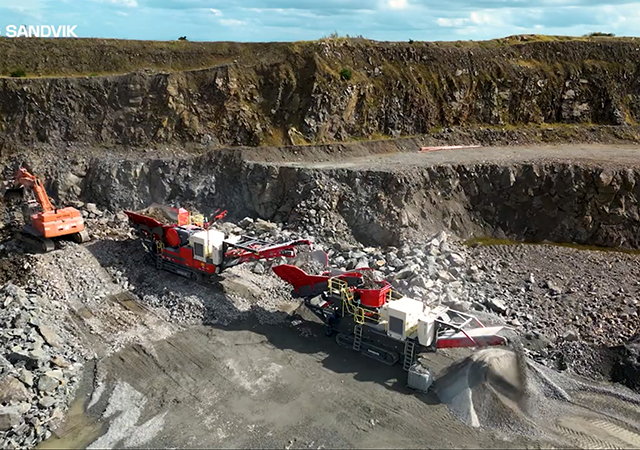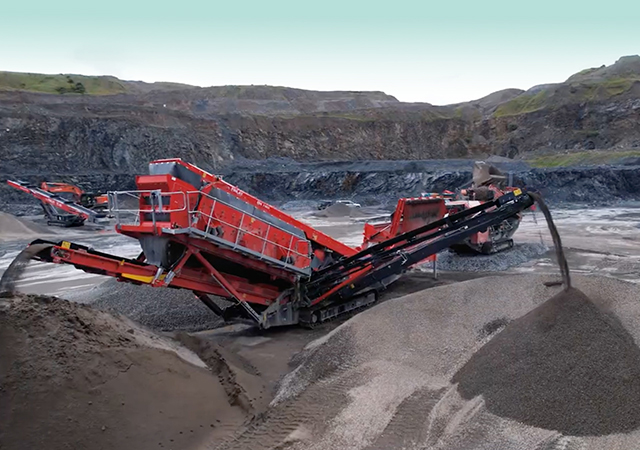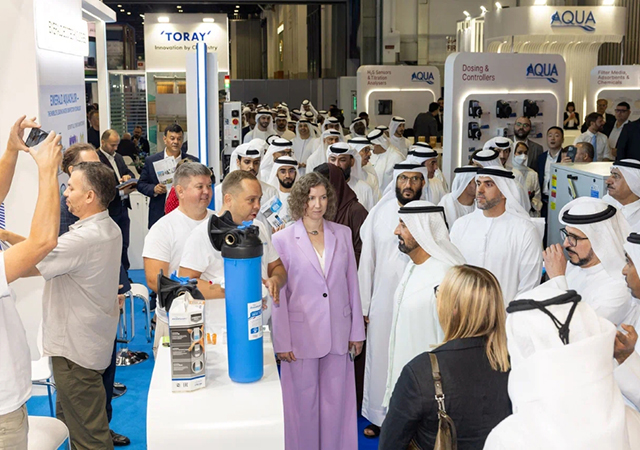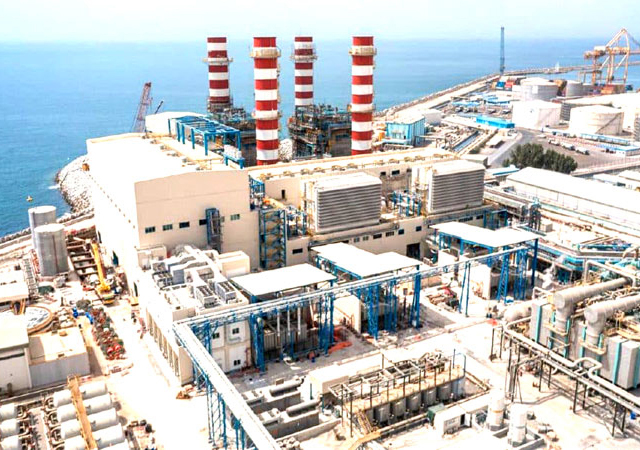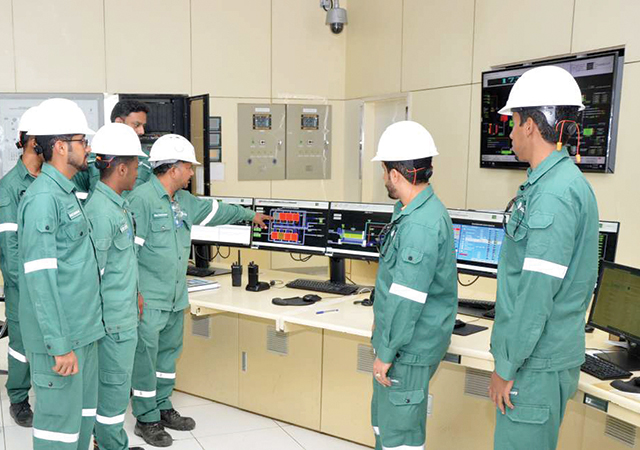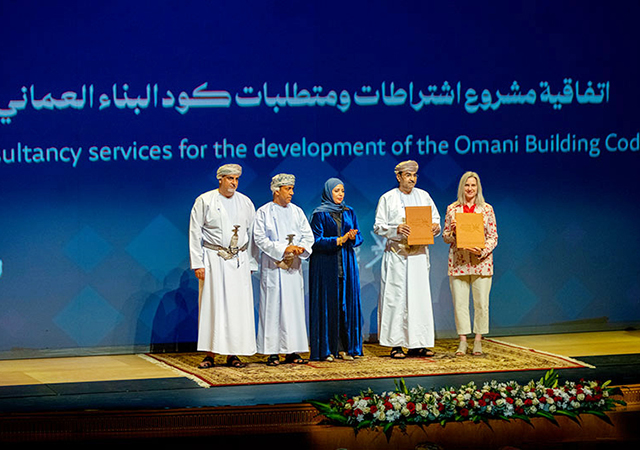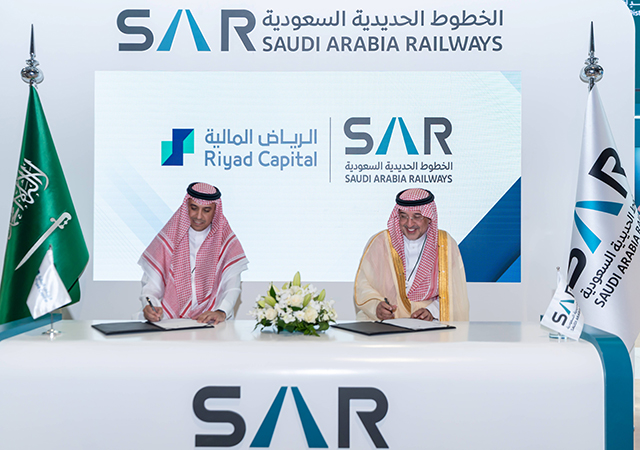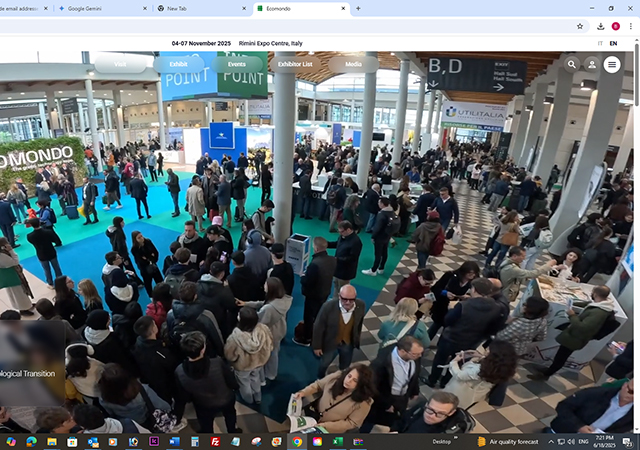
EXTERNAL spend accounts for 70 per cent of the cost of a typical construction project, yet the way the industry manages its procurement activities today makes it hard for construction firms to ensure they are getting the best value for the dollars they spend.
 |
|
FROM TOP: Baier, Garemo |
The ability to plan and execute complex projects within tight constraints and often in the face of considerable uncertainty is one of the greatest strengths of the construction industry. Almost every project is unique in its design, site conditions, access limitations and owner requirements, which means that delivering projects on schedule is a constant challenge. However, focusing the entire organisation solely on maximum client responsiveness and flexibility often translates into unnecessarily high procurement costs.
Today, leading construction firms are changing the way they plan, organise and execute their procurement processes to tackle this issue, creating even higher flexibility and speed where it is needed most, while increasing standardisation and stability in other areas. Doing this can deliver significantly lower costs across their supply management and procurement activities: in the range of four to eight per cent in commodities and 10 to 30 per cent in higher value-added material and equipment categories, resulting in overall project margin improvements of three to five percentage points.
Better strategic procurement works across the full range of different project types, from one-off mega projects to highly repetitive residential developments. It delivers benefits regardless of contract type too. In fixed-cost projects, purchasing savings translate directly into profit gains, but even under cost-plus arrangements, superior purchasing capabilities allow companies to produce more competitive, accurate bids, and to offer their clients a host of additional benefits, from technical improvement ideas to better quality and schedule compliance in execution. Further advantages for firms themselves include improvements in their ability to handle price volatility or supply disruptions.
Project-based procurement
The root of the sub-optimal procurement performance experienced by the construction sector today lies in the intensely project-based nature of the industry. For most companies, everything associated with a building will form part of the project that delivers it, from design and engineering to purchase of materials and the management of labour and subcontract services on site. This project-centric focus delivers some important benefits, helping companies to manage variability and quickly respond to changes on the ground, for example. But it results in some significant losses too: foregone economies of scale, sub-optimal supplier selection processes and a tendency to trade faster delivery for significantly higher cost. Finally, the industry’s current approach means companies don’t benefit from economies of skill, as they don’t always apply their best knowledge and expertise where it can deliver the most impact.
Negotiating contracts on a project-by-project basis means procurement teams cannot leverage scale advantages that might be available to them if they were to offer suppliers the opportunity to bid for multiple projects. Such advantages include volume discounts, preferential delivery terms, or the opportunity to be the customer of choice when supply is tight. The lack of a portfolio-wide view on demand means companies lose many opportunities to manage price risks too, for example by linking raw material prices to their indices or hedging with a third party against price fluctuations.
Project procurement teams also have little time to explore the market, meaning they have a tendency to approach suppliers familiar to them from previous projects, or suppliers with the best references (typically from prestigious, high-cost projects) instead of finding and qualifying new market entrants, suppliers from low-cost countries, or suppliers that might offer unique advantages for the current project (such as proximity to the site).
Project-based procurement also has a natural tendency to emphasise speed over cost, meaning that on-time delivery performance becomes the overriding requirement when selecting suppliers and negotiating contracts. Site teams may try to offset project delays with higher demands on supplier lead times, and procurement teams are often prepared to pay a significant premium for the earlier delivery. Often, however, these shorter delivery lead times do not accelerate the overall project delivery schedule – instead, they simply increase the working capital for that material, since installation speed is dependent on a multitude of other factors.
Finally, dismantling and reassembling procurement teams between projects limits the ability to capture and codify valuable organisational learning. Companies frequently lack the formal mechanisms to record information about particularly good or poor supplier performance, or to ensure that information on the design optimisation opportunities or limitations of specific materials, components or construction techniques is fed back into future designs.
Fundamentally, there is no need for this highly project-centric approach to procurement. Even though all building and infrastructure projects are different, the products and services that make up the majority of their cost structure are remarkably similar (for example, concrete, steel, cabling, air-conditioning units, electrical installation services, etc) and so is the fleet of equipment required to build them. By thinking about these categories only as components of individual buildings, rather than common spend categories that they must procure in high volumes, companies lose sight of important opportunities for cross-project value.
Recognising these limitations, a few construction players are changing the way they manage external spend by adopting the more strategic approach to procurement that has delivered much value in other industries, like automotive manufacturing and consumer electronics. In doing so, they are not abandoning their project-based purchasing teams, but they are altering their roles and strengthening the overall function with a central, category-centric strategic procurement organisation.
Strategic procurement
An enhanced strategic procurement function helps companies to tackle all these key limitations. First, central category teams can take a portfolio-wide view on requirements for equipment and materials, negotiating frame contracts with key suppliers of materials and services that take full advantage of the organisation’s purchasing scale, for example, and managing supply risk more systematically than is possible within the confines of a project. Second, these teams can systematically develop the organisation’s supply base, by identifying and developing new suppliers in low-cost countries, or exploring opportunities for vertical integration. Third, as the central purchasing function takes much work out of the scope of individual projects, it frees project teams to focus on smooth planning and delivery, reducing the need to pay a premium for urgent or last-minute supply. Finally, the central team allows specialists to develop deep expertise, both in purchasing-specific capabilities, and in particular product categories. In particular, they can work with suppliers and client consultants to identify best practices in design, specification and execution, and then share these with project engineering teams.
The use of frame contracts with key suppliers is a powerful aid to project purchasing teams, saving them time and effort along the delivery process. Such contracts help during initial budgeting and detailed negotiations, leading to more accurate budgets, reducing risk and increasing competitiveness. They free up time for the procurement project team to focus on project-specific design and specification optimisation, a major source of value creation that is often overlooked when project procurement teams are overwhelmed with commercial supplier negotiations. Finally, frame contracts allow the site procurement teams to concentrate on order placement and supplier performance management as well as quality controls, rather than having to negotiate the entire supply contract every time.
A global supply agreement with an elevator manufacturer, or a low-cost country supplier of HVAC (heating, ventilation and air-conditioning) equipment, for example, can establish base prices for key components, structured by region and application type. Frame contracts offer real benefits for suppliers too: giving a steel mill a better idea of the likely demand for rebar over the coming year, or a groundwork services provider an indication of the number and scale of forthcoming projects, helps them to refine their own forecasting and production planning, for example.
Strategic sourcing teams also have the ability to take a more systematic approach to risk. Building transparency on commodity prices into frame contracts or supplier agreements makes it much easier to understand how raw material price changes will affect P&L (profit and loss), and such transparency allows companies to hedge raw material exposure. Clarifying with suppliers exactly how fluctuations in steel prices will drive the cost of reinforced concrete, or copper prices affect the cost of cables, for example, enables a construction company to strike a pass-through agreement for these fluctuations with its client. Alternatively, it may choose to mitigate the volatility risk with a third party, for example by covering the raw material exposure at the beginning of a project through an equivalent position with a financial partner and gradually releasing this as the materials are procured.
Freed from tight project time constraints, central category teams can take the time to build a more comprehensive picture of supply capabilities. Depending on the category, such an effort might involve identifying and qualifying new suppliers in low-cost countries, for example for HVAC components or other electrical or mechanical categories.
Alternatively, for categories where transportation costs can be significant, like cement or aggregates, or for subcontract services that rely on the availability of local labour, such teams can find suppliers situated closer to project sites. In one recent flagship project in the Middle East, the owner’s designer specified marble tiles from an Italian source that it had used in previous projects in Europe. The construction firm was able to suggest an alternative source of marble with similar specifications from a quarry situated much closer to the site. Not only did the change in supplier dramatically reduce unit and transportation costs, it also led to a much shorter supply chain, removing a long journey by sea as well as several loading steps and the associated potential for damage. The use of a local supplier also permitted later changes and corrections to the delivery plan. The fact that the owner even preferred the slightly different appearance was a welcome side effect of the shift.
Central category teams do not only build knowledge of more suppliers but also build a fuller picture of the cost drivers and capabilities of those suppliers. Such information can be used to improve competitiveness in a variety of ways. It gives teams a much better understanding of the relationship between specification and cost, for example, allowing smarter specification decisions. It also helps bid teams to create more accurate budget forecasts, and gives planners a better picture of supplier delivery capabilities. Particularly in situations where specifications are imposed by the project owner and degrees of freedom are limited, purchasing teams need to have a detailed understanding of cost structures and drivers, and what equivalent materials are likely to cost if sourced elsewhere, in order to negotiate a good price with the specified suppliers. Moreover, a detailed understanding of the supplier’s industry and potential alternatives could yield improved solutions, benefiting both the construction company and its client.
The market knowledge that central purchasing teams develop can also help construction firms to improve the specification activities of their internal design and engineering functions. One construction company habitually used a single thickness specification for all interior stone tiles, for example. Its purchasing team worked with the stone suppliers to identify improved specifications depending on the intended use of the tile. The new specifications recommended a more differentiated portfolio of products, including thinner tiles for wall applications and smaller tiles to reduce material wastage. Overall, the new specifications reduced the quantity of stone used in a typical commercial fit-out by over 20 per cent. This change not only reduced the cost of buying and transporting material, but also allowed the supplier to offer faster delivery schedules, since the amount of rock that could be extracted from its quarries each day was a key production bottleneck and the reduced thicknesses yielded more square metres of tile from every tonne extracted. In another example, the high price of copper led a central purchasing team to explore the option of increasing the use of aluminium conductors in cables, and of shifting from copper to aluminium fins in fan coil units, which led to double-digit percentage savings.
Making it happen
To make the transition from project-focused to strategic procurement, companies will have to reallocate resources from project teams to the central function. They will need to acquire new capabilities too, like the ability to optimise total cost of ownership (TCO) through deep category understanding and insight, command of a broad set of analytical tools, and the managerial and interpersonal skills to forge lasting strategic relationships as well as conduct hard-nosed commercial negotiations and enforce compliance to negotiated contracts service levels – both with suppliers and internally.
Developing all these skills takes time, and successful companies do so with a phased approach, piloting the centre-led procurement process in a few categories first, alongside a focused capability-building programme that allows staff to apply the new skills they learn directly on real projects. The skills and experience gained during these pilot projects can then be used to accelerate the rollout of strategic procurement to other categories and across the organisation.
Even a highly capable central purchasing function cannot operate effectively if it remains in isolation from the rest of the organisation. It needs to interact effectively with others, including senior management, technical departments, project directors and site managers, to ensure that the central purchasing activities for individual commodities are aligned and supported by the internal customers.
Leading companies aid this process by establishing a purchasing steering committee, staffed by project leaders and senior members of other functions, to ensure that the central purchasing efforts are aligned with the needs of the individual projects as well as the wider organisation. The steering committee can also help determine where the central purchasing function should apply its efforts: the new function typically has more opportunity to add value in high-cost, high-complexity categories with a significant commonality between projects, like electrical and HVAC equipment, for example, than in small highly project-specific spend areas, like one-off, customised finishing work or bespoke technical solutions in security and access systems.
Smooth, effective day-to-day interactions between the project purchasing teams and their central counterparts are vital too. Making these relationships work requires companies to align roles and responsibilities between the two organisations, while standardised processes help everyone understand their roles and responsibilities. To gain the maximum benefit from sourcing opportunities offered by low-cost countries, companies may have to locate central sourcing teams on the ground in key target regions.
Finally, an effective performance management system is essential to ensure that all parts of the purchasing organisation are operating properly. Such systems should include a balanced set of KPIs (key performance indicators) covering areas such as compliance with frame contracts, and negotiation performance as well as metrics like savings achieved compared to historic prices (adjusted for raw material costs), and compared to budget. The performance management function should also track supplier performance in terms of cost, time and quality, and share the scorecard with its key suppliers – the more important the supplier, the more frequent and detailed the review. For some companies this may even lead to jointly agreed development initiatives to support suppliers to better meet expectations.
External spend already consumes the majority of construction companies’ revenues and as that fraction continues to rise, a high-performing procurement function is becoming an ever more critical capability for the years to come.
* Guido Baier is a principal in the Dubai office of McKinsey and Company, where Armin Lohr is a director. Nicklas Garemo is a director in the Abu Dhabi office.








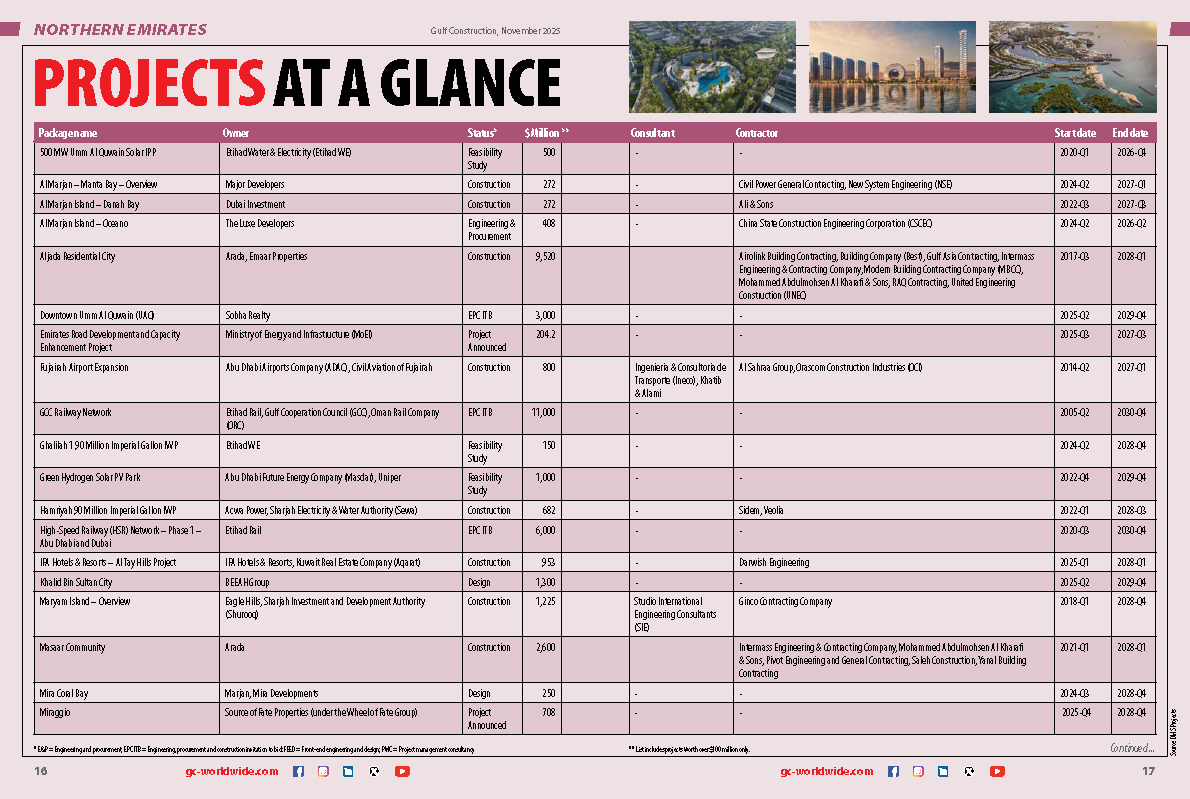




(5).jpg)








.jpg)



